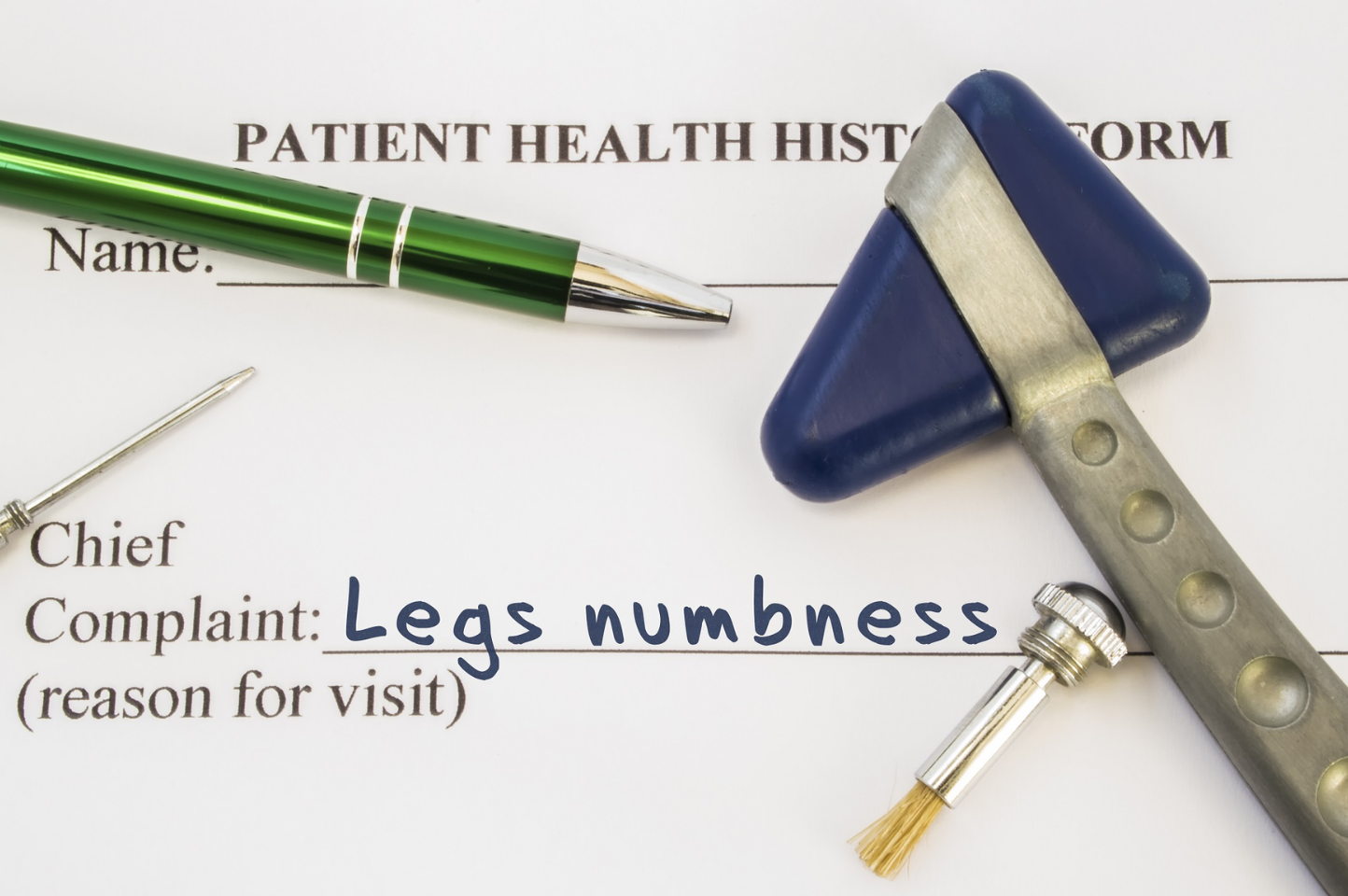Many people do not realize that chronic leg pain can be due to an underlying disease of the blood vessels. People relate it with physical stress, a consequence of aging, or shrug it off as a non-specific pain. Known as PAD, peripheral artery disease is one of the leading causes of leg pain and one that can lead to a heart attack.
What is peripheral artery disease?
Peripheral arteries are arteries that are present outside of the chest and abdomen. Disease condition of the peripheral arteries is called peripheral artery disease. It is a disease of the circulatory system and can lead to reduced oxygenated blood supply to the body’s extremities like legs and feet.
Peripheral artery disease causes
Peripheral artery disease is caused due to the buildup of plaques in the peripheral arteries. It might also indicate the presence of atherosclerosis in the circulatory system and can lead to heart diseases and stroke.
Peripheral artery disease leads to poor blood circulation in the limbs and is more common in men than women.
It is generally caused due to:
- Aging
- Smoking
- Diabetes
- High blood pressure
- High cholesterol (above normal cholesterol levels)
- Obesity
- Increased levels of homocysteine
Peripheral artery disease symptoms
Peripheral artery disease is a chronic and progressive condition that causes reduced oxygenated blood supply to the limbs. With reduced blood supply there is ischemia of the arteries of the feet. Ischemia is a condition in which there is reduced blood supply with resultant tissue damage of the organs.
In the beginning there is functional ischemia. This is a condition in which there are symptoms upon physical exertion, but these subside after rest. Then, as the disease progresses, it leads to critical ischemia wherein there are symptoms even when there is no physical exertion. In this condition peripheral artery disease leads to lesions in the legs.
Peripheral artery disease symptoms
- Reduced ankle-arm index (a ratio of blood pressure in the arm and the ankle)
- Mild Intermittent claudication (pain in the legs with cramps after physical exertion)
- Increased intermittent claudication often limiting movement
- Numbness in the legs
- Lower temperature in the affected leg
- Loss of hair in the legs
- Improper nail growth
- Weaker pulse in the legs
- Leg pain even at rest
- Lesions with formation of gangrene
